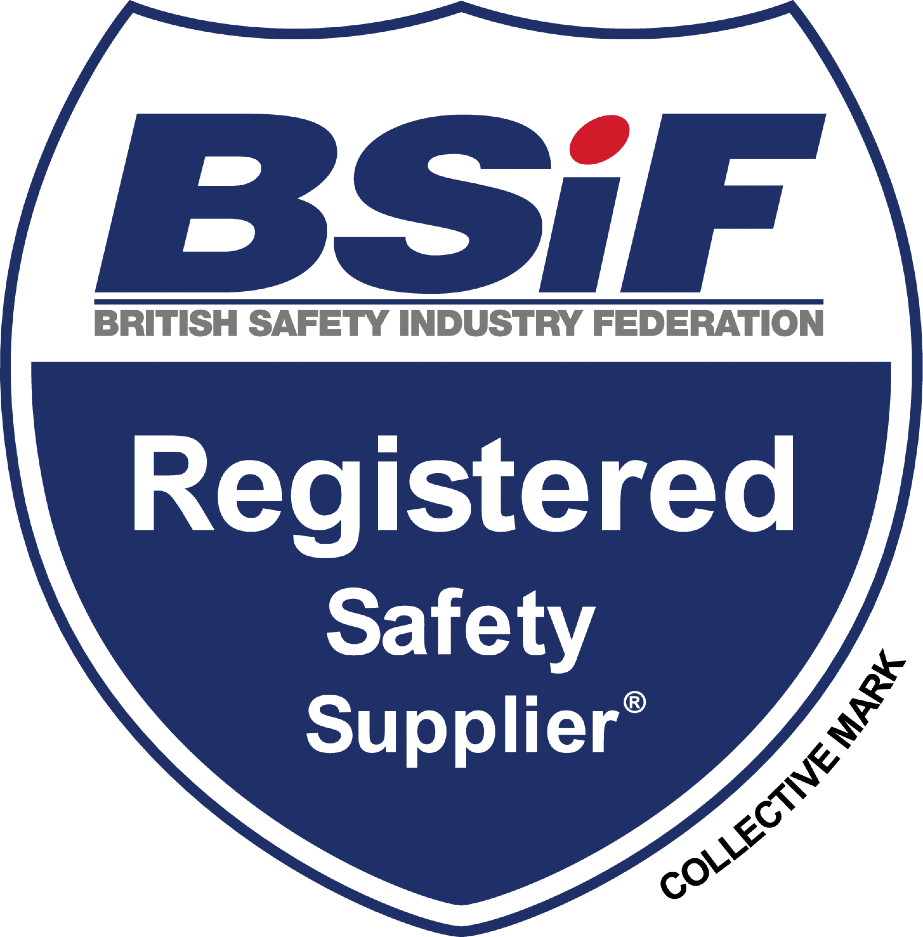Understanding UK Safety Standards for Respiratory Protection
Worker safety is essential in industries where there are hazardous airborne particles, chemicals, or gases. Respiratory Protective Equipment (RPE) is crucial for protecting workers from respiratory diseases and long-term health issues. In the United Kingdom, various rules provide clear principles that ensure that workers are adequately protected.
This guide gives a full review of the UK respiratory protection safety requirements, with an emphasis on the legal framework and how to choose the appropriate RPE for your staff.
- Page Contents
- The Legal Framework
- Respiratory Protective Equipment (RPE) Standards
- Choosing the Right Respiratory Protection
- XAMAX®: Your Partner in Respiratory Protection
- Conclusion
The Legal Framework
The legal framework for respiratory protection in the UK is built on a set of regulations intended to ensure worker safety and correct usage of Personal Protective Equipment (PPE).
These regulations require that both companies and employees follow specific guidelines for selecting, using, and maintaining RPE.
Control of Substances Hazardous to Health (CoSHH) Regulations 2002
CoSHH is one of the most important regulations for workplace health and safety. It applies to all organisations where hazardous substances are used. These include protection against chemicals, dust, and fumes, which can harm workers' health if inhaled.
Under CoSHH, employers must do the following:
- Identify what hazardous substances are present in the workplace.
- Assess the risks associated with these substances.
- Control exposure by using the right protective measures, including providing RPE (respiratory protective equipment) to employees.
- Ensure workers are trained to use the equipment properly.
Personal Protective Equipment (PPE) at Work Regulations 1992
The PPE at Work Regulations 1992 require employers to provide suitable protective equipment whenever there are risks to workers' health and safety. For respiratory protection, this means providing the correct RPE based on the hazards identified in the workplace.
Employers must ensure that:
- The RPE provided is appropriate for the type of work and level of risk.
- The equipment is well-maintained and clean.
- Workers are trained to use and care for their RPE properly.
The Management of Health and Safety at Work Regulations 1999
This regulation requires employers to carry out risk assessments for health and safety hazards. It ensures that protective measures are in place and that workers are given the right equipment, training, and supervision.
For respiratory protection, this means:
- Employers must regularly review and update their risk assessments to make sure the right RPE is in use.
- They must train workers on the correct use of RPE and keep an eye on the equipment's condition.
Respiratory Protective Equipment (RPE) Standards
RPE must meet specific UK and European standards. The most common standard is EN 149 for disposable filtering facepieces, which provides three levels of protection: FFP1, FFP2, and FFP3.
- FFP1 masks provide the least protection and are suitable for low levels of dust.
- FFP2 masks offer moderate protection against dust, mists, and fumes.
- FFP3 masks give the highest protection and are often used in more dangerous environments with high levels of harmful dust and particles.
There are also half-face and full-face respirators that must meet EN 140 and EN 136 standards. These provide higher levels of protection and can be fitted with different types of filters based on the substances in the air.
Choosing the Right Respiratory Protection
Choosing the right RPE depends on the risks in the workplace. Employers need to consider factors like the type of substance, how much of it is in the air, and how long the worker will be exposed to it. It's important to choose equipment that fits well and is comfortable for the wearer to ensure they use it correctly.
Workers must also be trained in how to wear and care for their RPE to keep it working properly. For example, a dust mask that doesn’t fit properly won’t give full protection, so fit-testing is essential.
XAMAX®: Your Partner in Respiratory Protection
XAMAX® recognise the importance of providing suitable respiratory protection for your employees. As a BSIF Registered Safety Supplier, we ensure that all of our RPE meets UK safety standards, giving you confidence that your workforce is safe.

We supply a wide range of RPE, from disposable masks to full-face respirators, ensuring that we have a solution for most sectors and risk levels. Our friendly staff can assist you in choosing the right equipment for your requirements, and this blog provides guidance on maintenance and care to make sure your RPE remains in perfect working order.
When you use XAMAX®, you're buying more than just high-quality safety equipment; you also get professional assistance to keep your workers safe.
Conclusion
Knowing and complying to the UK safety regulations for respiratory protection is vital for protecting your employees from dangerous dust, fumes, and gases.
Employers need to conduct regular risk assessments, supply suitable RPE, and ensure employees receive training in its use.
Whether you’re working with low levels of dust or dangerous chemicals, the correct respiratory protection is key to preventing serious health issues.
If you need help choosing the right RPE, XAMAX® is here to support you with our wide range of high-quality products and expert advice.






